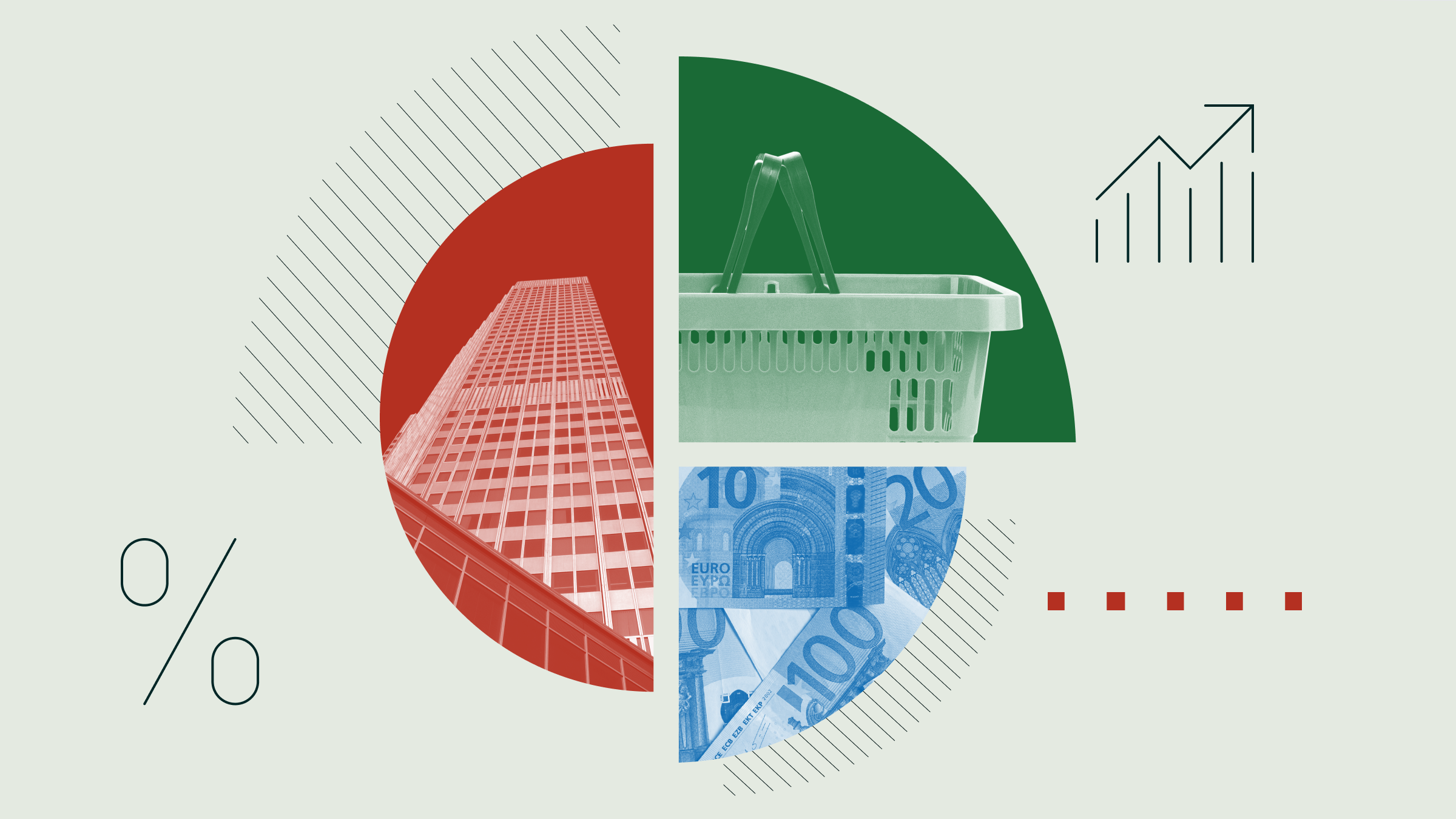Rolle im Portfolio
IShares Euro Corporate Bond ex-Financials ETF offers investors exposure to the market of investment-grade corporate bonds denominated in euro and issued by industrial and utilities companies. Investors are usually attracted to investment-grade corporate bonds for the higher yields they offer relative to government bonds of similar rating and for their notional lower-risk profile relative to equity holdings. Within the corporate-bond market, nonfinancial issuers tend to have a lower-risk profile than financials.
This exchange-traded fund tracks a Barclays index that is very broad in its geographical scope. This suits investors looking to maximise diversification. The overwhelming majority of corporate-debt issuers are located in developed economies.
This ETF can work as a core fixed-income building block in a euro-centric investment portfolio. However, the exclusion of financial corporate debt is likely to curb yield-enhancing potential relative to broad-based corporate-bond ETFs.
The ETF can also be used as a tactical bet to give an overweighting to the nonfinancials segment of the corporate-bond market. In this case, the likely investment objective would be one of risk-minimisation.
Investors in fixed-income ETFs need to take into consideration the risks to performance arising from inflationary pressures and their effect on monetary policy decisions. The ETF tracks an index with average maturity of around five years and modified duration around 4%.
Fundamentale Analyse
Investor interest in the corporate-bond market has grown substantially since 2008. Yields have come down across the maturity and credit spectrum, prompting a substantial compression of spreads relative to government bonds. Bonds issued by financial corporations usually have the highest credit spreads, followed by industrials and utilities.
The increase in interest in corporate bonds has taken place against a backdrop of increased market issuance. Initially prompted by the impairment of traditional banking lending channels in the eurozone post-2008, corporations now continue to take advantage of the low-yield environment to keep on raising funds by means of bond issues.
Demand for corporate bonds is expected to remain on a strong footing for the foreseeable future, not least given the European Central Bank's supportive policy of the "search for yield" investment theme. In March 2016, the ECB announced an expansion of its monthly asset purchase programme, both quantitatively from EUR 60 billion to EUR 80 billion per month, and qualitatively, with the inclusion of nonbank eurozone investment-grade corporate debt.
This is expected to provide support to the entire corporate-bond market, irrespective of sector. In addition, the low-yield environment is likely to continue keeping a lid on what is already a historically low rate of defaults for corporate-bond issuers. Indeed, ultralow interest rates incentivise the restructuring and rollover of debt to longer maturities.
Although this ETF tracks an index that excludes bonds issued by financial corporations, it is worth noting the efforts undertaken by the ECB to keep the interbanking market rolling, as this has an impact on financing dynamics for the corporate world as a whole. In particular, the ECB remains committed to the provision of liquidity to the eurozone banking sector at very favourable conditions. Besides, within the framework of the eurozone banking union, the ECB has become the supervisor of bank's financial stability.
This general backdrop allows for steady above-average euro-denominated corporate-bond issuance for a protracted period. In the long run, however, investors have to factor in expectations for bank lending to normalise and the eurozone economy to strengthen. In that situation, talk of a change in the eurozone monetary policy could trigger mean-reversion to an environment to higher yields and, also likely, lower bond issuance.
Indexkonstruktion
The Barclays EUR Corporate Bond ex-Financials Index measures the performance of fixed-rate investment-grade euro-denominated corporate bonds from industrials and utilities corporations issued in the eurobond and eurozone markets irrespective of issuing country. Bonds with equity-type features as well as floating-rate notes and private placements are excluded. Eligible bonds must have a minimum time to maturity of one year and a minimum outstanding of EUR 300 million. The relatively low minimum outstanding allows a broad geographical diversification in terms of issuers. There is no limit on the number of bonds eligible for the index. The distribution by sector is roughly 80% in industrials and 20% in utilities. Bonds are priced daily by Barclays traders or third-party vendors. Analytical values are calculated daily on bid prices as of 16:15 London time. The index is rebalanced monthly on the last business day of the month. Income arising from coupon and redemptions is held in the index as noninvested cash until rebalancing, when it is then reinvested in the index.
Fondskonstruktion
IShares uses physical replication to track the performance of the Barclays EUR Corporate Bond ex-Financials Index. This is a euro-denominated ETF that distributes dividends on a semiannual basis, with historical data showing a January-July payment pattern. IShares uses stratified sampling to construct the fund. The index is broken down into sections, each representing key risk factors, such as duration, currency, country, rating, and sector. The managers then choose bonds included in the index that mimic the risk profile of each section. The aggregate result is a portfolio that represents the index's overall risk profile, while allowing the ETF manager to avoid purchasing bonds that suffer from illiquidity. According to our research, the extent of sampling for this ETF has tended to be very limited. The ETF regularly holds a similar number of components as the index. IShares engages in securities with the holdings of the ETF. BlackRock acts as investment manager on behalf of iShares. The ETF can lend out up to 100% of net asset value. The average on loan for this ETF in the 12 months to the end of March 2016 was 7.9% for a return of 2 basis points. Lending operations are backed by taking UCITS-approved collateral greater than the loan value and by revaluing loans and collateral on a daily basis. The collateral is held in a ringfenced account by a third-party custodian. The degree of overcollateralisation is a function of the assets provided as collateral but typically ranges from 102.5% to 112%. Lending revenue is split 62.5/37.5 between the ETF and BlackRock, respectively.
Gebühren
The annual ongoing charge is 0.20%. This is average for ETFs offering exposure to the euro-denominated nonfinancial corporate-bond market. Additional costs potentially borne by investors and not included in the ongoing charge include bid-offer spreads and brokerage fees when buy/sell orders are placed for ETF shares. There are also rebalancing costs whenever the index changes composition.
Alternativen
This iShares ETF is the clear market leader in this particular segment as measured in terms of assets under management.
ETFs from other providers offering this sector-delimited corporate-bond exposure track liquid corporate-bond indexes. However, there are variations in the eligibility criteria, even between indexes from the same provider. In general terms, there seems to be a trade-off between liquidity and yield, meaning that indexes applying tight criteria may miss out on yield but would probably be less volatile at times of market stress.
Among these funds, the two with a decent level of assets under management level are Deka iBoxx EUR Liquid Non-Financials Diversified ETF (physical; ongoing charge 0.20%) and Lyxor Euro Corporate Bond ex Financials ETF (synthetic; 0.20%). These ETFs track an iBoxx index that restricts its basket to just 20 components, identified as representatives of the most liquid segment of the nonfinancial segment of the euro-denominated corporate-bond market. The Deka ETF is domiciled in Germany, so it may offer certain tax efficiencies for German investors.

















